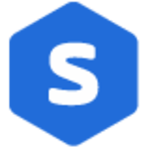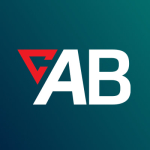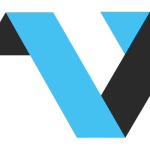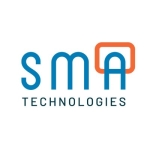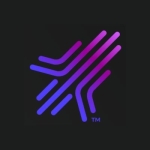The solution is used to automate and manage intricate and crucial business workflows across numerous systems and applications is the main use case for the Tidal workload automation software solution.
The workload automation software from Tidal is especially helpful for sectors like banking, production, transportation, and healthcare that have high volumes of time-sensitive processes. Any delay or mistake in finishing tasks can have serious repercussions and affect the bottom line in these sectors.
The software solution from tidal can assist organizations in achieving regulatory compliance and supports compliance requirements.
Tidal Automation offers extensive monitoring and reporting features that let users keep track of the status of their workflows and quickly spot any problems.
The tool's high degree of adaptability also enables users to design processes that are tailored to their particular company requirements.
The Tidal software utility offers a wide variety of automation features, including exception handling, sophisticated dependency management, and event-based scheduling. Helped our organization to meet SLAs.
Tidal Automation can assist businesses in automating their processes, lowering the need for manual involvement, and boosting productivity.
It offers cost savings, quicker working periods, and greater accuracy may come from this.
Users of Tidal Automation frequently laud its simplicity, adaptability, and dependability
The product offers a user-friendly interface that makes it easy for users to generate and plan tasks.
Tidal Automation is a flexible option that can be tailored to meet various company requirements because it supports a large number of platforms and apps
Tidal's adaptability and user-friendliness could be increased by integrating it with additional programmes and platforms.
By enhancing its analytics and reporting tools, Tidal could make it simpler for users to monitor and evaluate their tasks.
Added security elements may raise the product's general security posture.
Also, Tidal's adaptability could be increased by integrating with cloud platforms, which would also make managing tasks in these settings simpler.
Users may be more likely to adopt and use Tidal if the setup and configuration process is made simpler.









